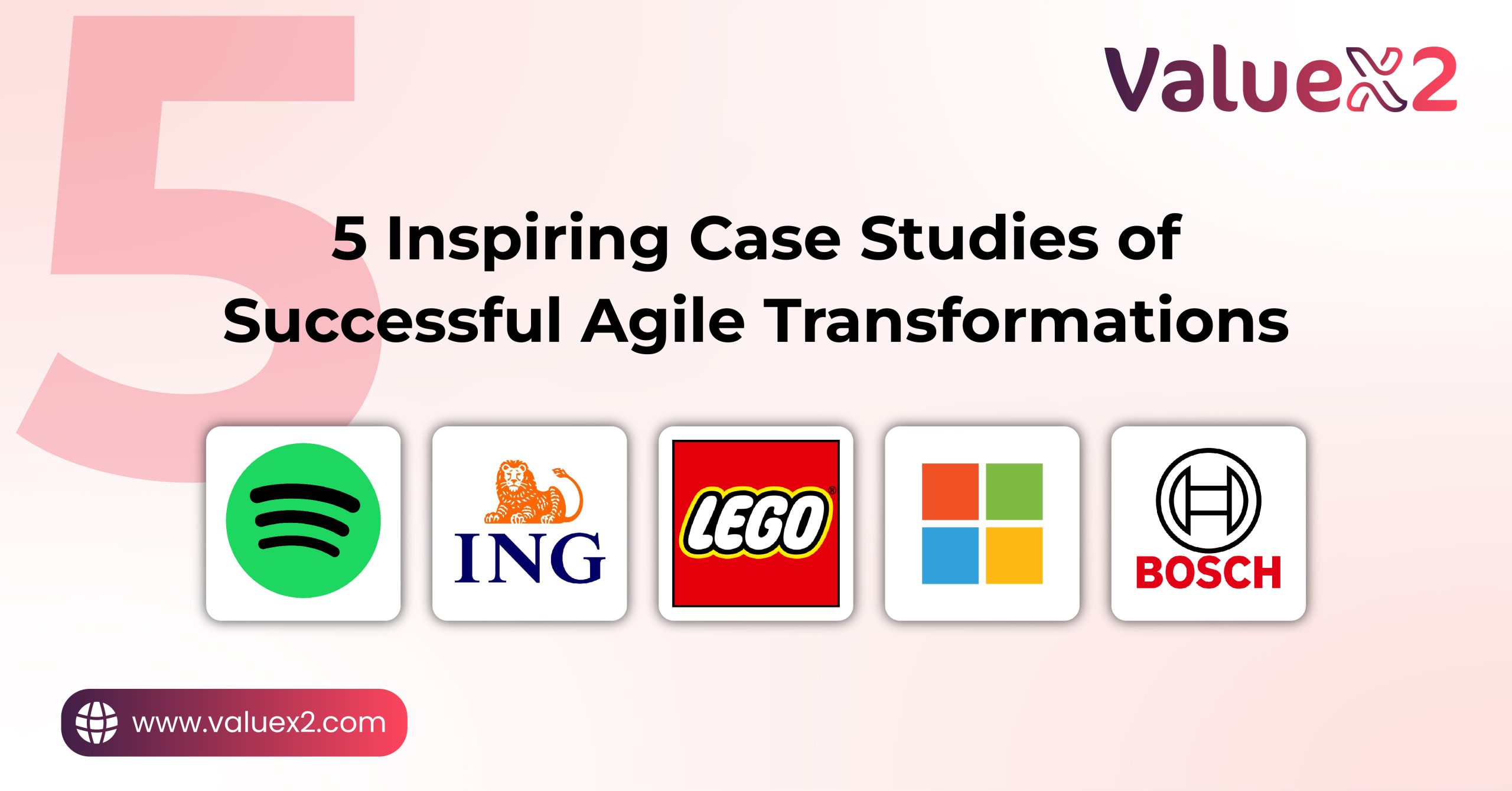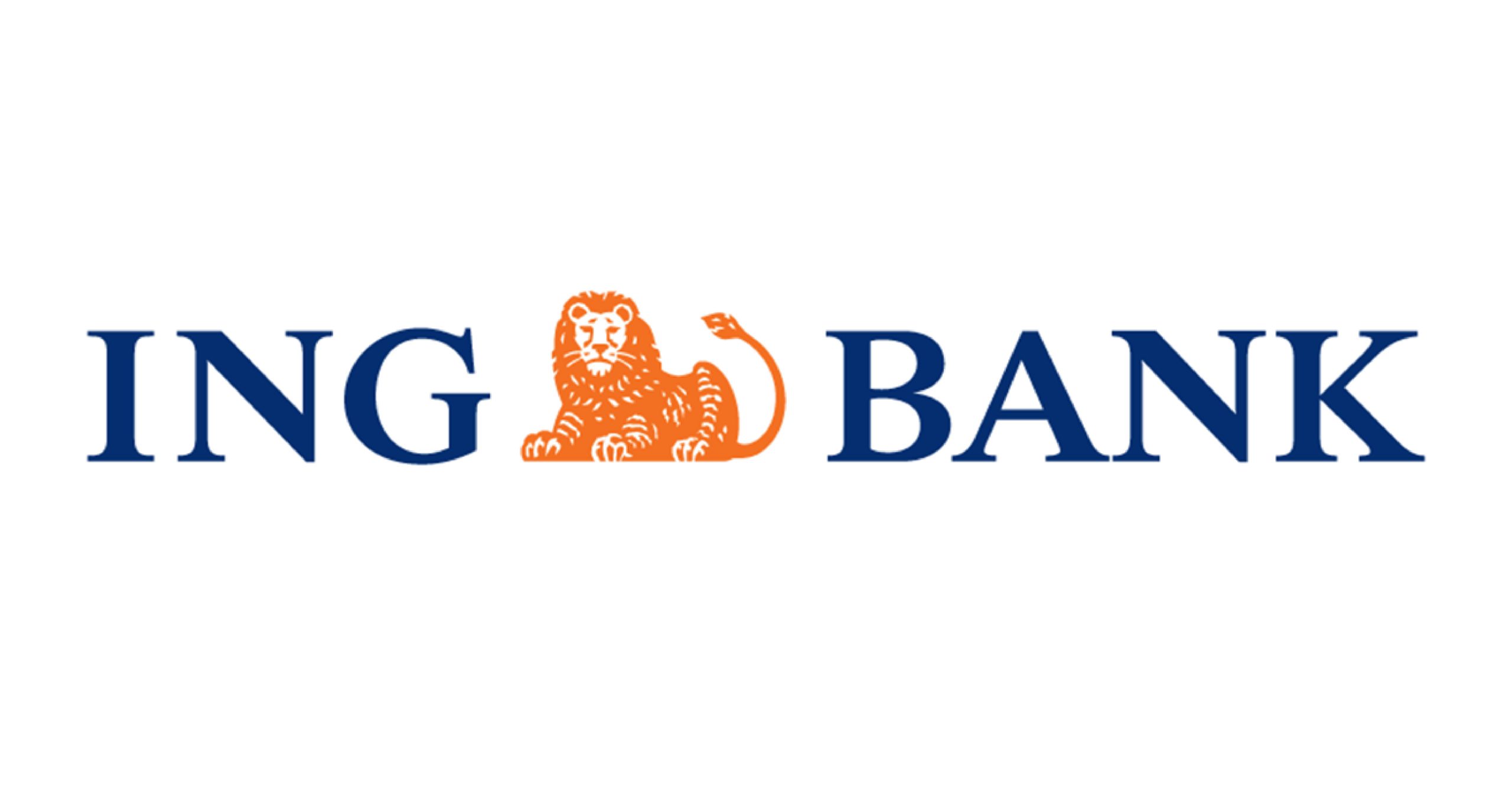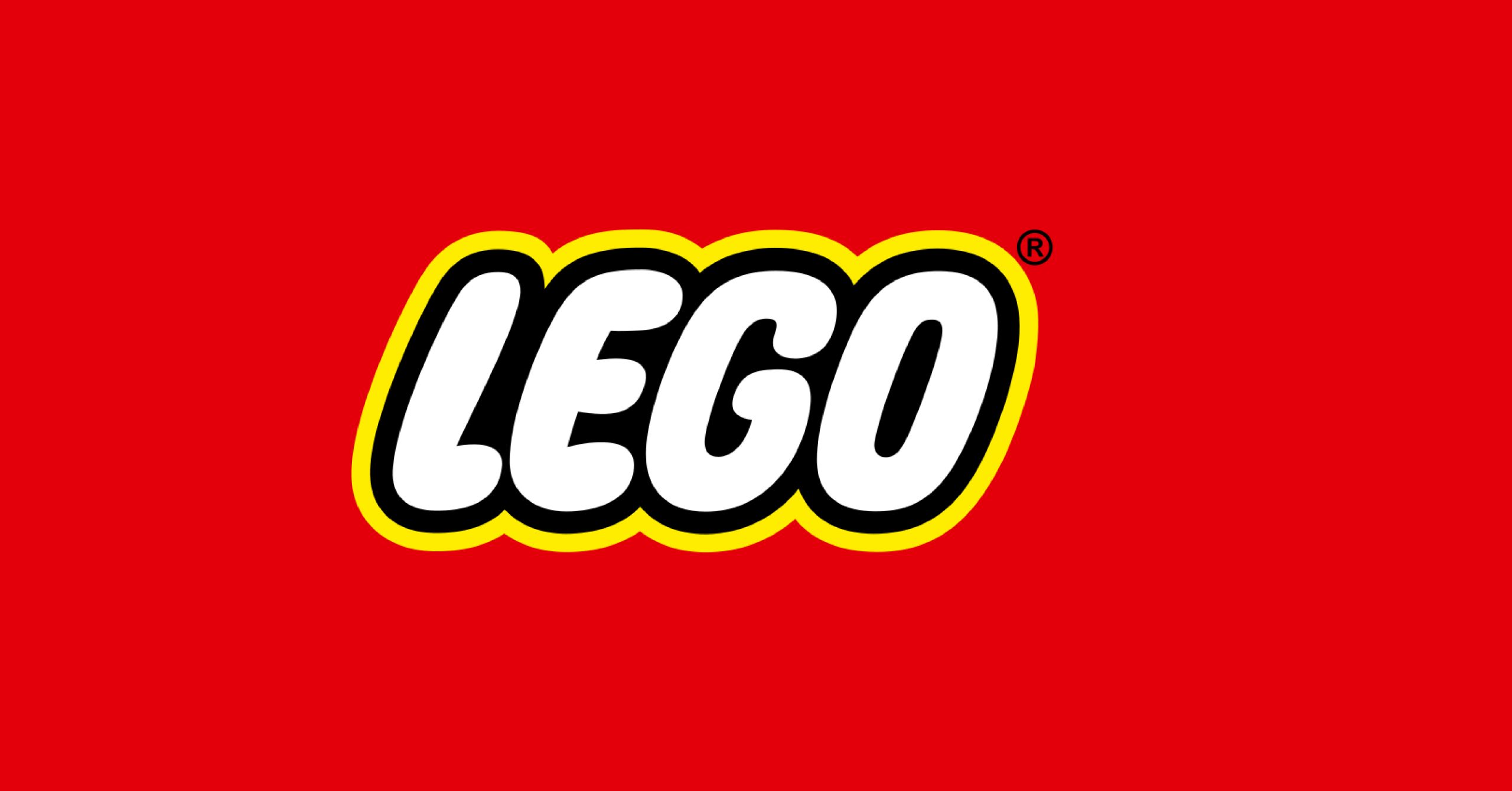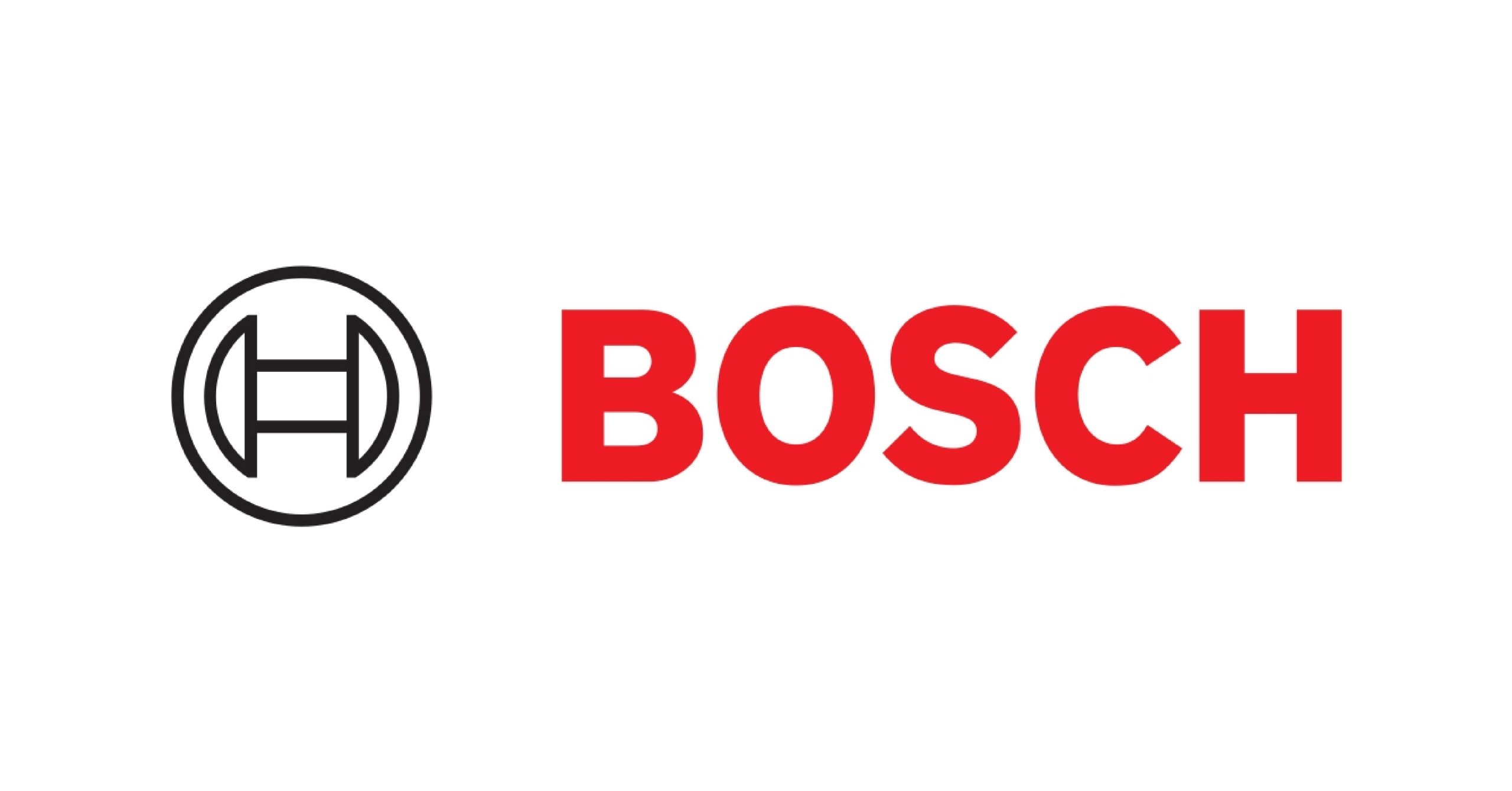Know the power of Agile by exploring inspiring case studies of Spotify, ING, Lego, Microsoft, and Bosch. Find out how Agile transformations boosted their innovation, speed, and customer focus.
 You may be wondering what agile transformation might mean, but do not worry as the basic answer can be — that it is the cultural shift in an organization’s ways of operation to a more flexible and responsive. It’s even about familiarizing with certain software development methodologies such as Kanban and Scrum. For a deeper understanding of business agility and its importance, check out our comprehensive guide on business agility.
You may be wondering what agile transformation might mean, but do not worry as the basic answer can be — that it is the cultural shift in an organization’s ways of operation to a more flexible and responsive. It’s even about familiarizing with certain software development methodologies such as Kanban and Scrum. For a deeper understanding of business agility and its importance, check out our comprehensive guide on business agility.
The journey towards a successful agile transformation is also occupied by challenges, though the reward ratio is higher for sure, and it can be tremendous. Some of the advantages that outcome from a successful transformation can be — a productivity boost, improvement of team collaboration, and less delivery time. There are several other important benefits of Business Agility for you take motivation from and embark this journey.
There is nothing that matches real-world success stories on agile transformation, this article covers five of the most inspiring case studies of a successful agile transformation. This will show you how organizational Agility has true power in guiding a business towards success.
1. Spotify: Crafting a Trend of Continuous Improvement
 As Spotify is growing multifold, it is ranked among the top success stories of transformation, often cited as a model of innovation and adaptability. Spotify took an approach that changed its whole development process and influenced the Agile community at large.
As Spotify is growing multifold, it is ranked among the top success stories of transformation, often cited as a model of innovation and adaptability. Spotify took an approach that changed its whole development process and influenced the Agile community at large.
As a startup, they needed a way to scale their teams without losing Agility and speed, this is due to its rapid growth. Their current hierarchical management systems were not keeping up with their rapid expansion and innovation, therefore they needed to adopt a new strategy.
The Transformation
Spotify came up with a novel organizational structure known as “Squads, Tribes, Chapters, and Guilds,” which let the teams function independently; at the same time, they can coordinate with larger business objectives via Tribes, Chapters, and Guilds. Spotify has focused on continuous progress through innovation and organizational cultural development by consistently maintaining this nimble element.
The Outcome
- Enhanced Autonomy: Teams may act quickly, resulting in the release of products more quickly.
- Enhanced Cooperation: Communication and cooperation were enhanced via cross-functional teams.
- Sustained Innovation: Ongoing innovation is propelled by continuous improvement, which has become an integral aspect of the culture.
Spotify’s success shows the importance of creating a flexible structure that accommodates autonomy as it also ensures alignment with the company’s objectives and strategies.
2. ING: Banking on Agile
 The Dutch multinational bank ING set itself on a course towards a proper Agile transformation to reinvent its business model and better serve its customers.
The Dutch multinational bank ING set itself on a course towards a proper Agile transformation to reinvent its business model and better serve its customers.
As they faced a vast increase in competition and random changes in customer preferences, ING needed to become more responsive and innovative. The use of traditional banking methods and processes was too slow and fixed, this lowered their ability to compete in the digital era where organizations began adapting to new Agile methodologies.
The Transformation
Gaining inspiration from tech giants like Google and Netflix, ING saw the best to adopt an Agile way of working. The teams were divided into small, cross-functional teams, Squads, each responsible for specific customer journeys or product features.
The Results
- Speed to Market: A shorter time to market for newly developed features and goods.
- Client-centricity: Faster and more frequent updates that increase client satisfaction.
- Employee Engagement: A higher level of satisfaction and engagement among employees because of teams’ increased authority and empowerment.
The Agile transformation of ING has captured the effectiveness of Agility at large. They proved that even the most established organizations can reinvent themselves provided with the right approach.
3. LEGO: Building Success Brick by Brick
 LEGO, the beloved toy company, abolished its traditional methodologies and switched to the Agile methodologies world, where it regained power in the highly competitive toy industry.
LEGO, the beloved toy company, abolished its traditional methodologies and switched to the Agile methodologies world, where it regained power in the highly competitive toy industry.
By the early 2000s, they were facing declining sales and a bloated product portfolio. In order to become more responsive to market trends, they were required to streamline their operations.
The Change
LEGO applied agile methodologies to their product development teams. Their emphasis on iterative development enabled them to swiftly test and improve goods. To increase efficiency and collaboration, they also accepted cross-functional teams.
The Outcome
- Innovative Products: Quicker development times allowed popular toys like LEGO Friends and LEGO Ninjago to be released on schedule.
- Market Responsiveness: LEGO was able to react more effectively to market developments and customer input thanks to agile principles.
- Operational Efficiency: Productivity rose, and waste was decreased through streamlined procedures and enhanced teamwork.
This specific story illustrates how Agility can rejuvenate a struggling business by adopting innovative methods and nurturing operational efficiency.
4. Microsoft: Transforming to the Cloud Era
 This specific case study is a testament to how a tech giant can profit from embracing Agile principles.
This specific case study is a testament to how a tech giant can profit from embracing Agile principles.
To remain competitive in the tech industry, Microsoft needed to take on a different path, this was the cloud computing era. Previously they had traditional development processes which were so slow that they could not compete with the vast and rapid increase in nature of the cloud services.
The Revolution
Microsoft implemented agile methodologies for all of its development teams, especially in the Azure cloud business. To optimize their development processes, they adopted the ideas of DevOps and promoted continuous integration and continuous delivery, which you may know as CI/CD.
The Advantages
- Accelerated Development: New features and services are released on much shorter timescales.
- Better Quality: Continuous testing and integration have improved the quality of the program.
- Focus on the customer: More adherence to their needs and quicker reaction to their input.
Microsoft’s Agile journey has gone through a lot, it emphasizes staying competitive in the growing tech landscape. It has also highlighted the role of Agile in innovation and responsiveness.
5. Bosch: Innovating in the Industrial Sector
 Bosch is a global engineering and tech company that uses Agility to direct organizational innovation and improve its efficiency across its diverse products.
Bosch is a global engineering and tech company that uses Agility to direct organizational innovation and improve its efficiency across its diverse products.
Having a wide range of products lined up, Bosch faced the challenge of maintaining its innovation and efficiency that cuts across many divisions. Being familiar with these agile transformation challenges helps one prepare better for a smoother agile transformation journey.
The Revolution
Bosch began implementing Agile methods in a limited number of teams through experimental projects. With an emphasis on iterative development and cross-functional collaboration, they progressively expanded these methods throughout the entire organization.
The Outcome
- Enhanced Innovation: The capacity to generate new ideas and launch goods more quickly.
- Operational Efficiency: Shorter development cycles and more efficient processes.
- Employee Empowerment: Teams with more empowered members were more engaged and productive.
From Bosch’s experience, we can demonstrate that Agile mainly focuses on improving innovation and efficiency, whether in large or complex industrial environments.
These inspiring case studies from Spotify to Bosch show the transformative power of Agile methodologies. If you’re interested in implementing agility in your organization, explore our guide on the steps to creating organizational agility for maximum efficiency.
If you wish to transform your business agility, start it right away with ValueX2’s multiple agility courses from reputed certification bodies like ICAgile, Scrum.org, and SAFe.

Bhavna is an Agile Coach and Consultant with 15+ years of experience in advisory, corporate finance, IT assurance, and operations at Big 4 and within the industry in the UK and India. She has recently been the CEO of a start-up where she implemented agile practices within HR, Marketing, and Product teams.
She is also a SAFe® Practice Consultant (SPC) and authorized instructor for ICAgile Agility in HR (ICP-AHR), Agility in Marketing (ICP-MKG), and Business Agility Foundations (ICP – BAF) training courses. She provides training for agile transformation to corporate, public, and private batches, as well as consulting for enterprise agile transformation.






